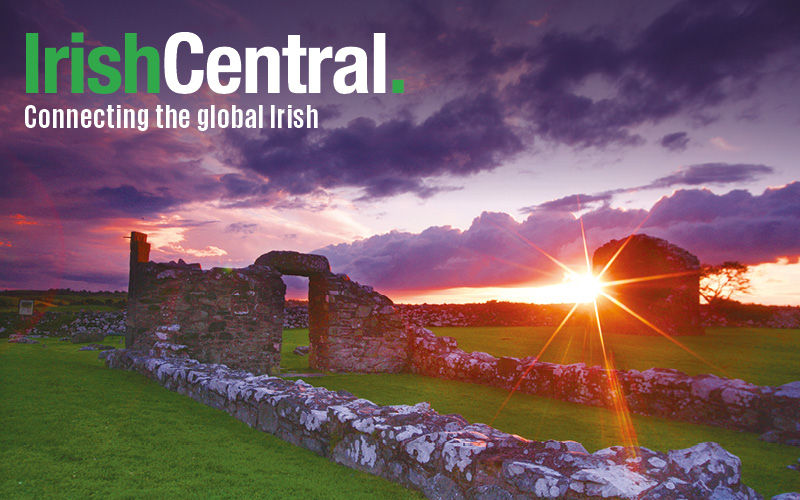The Queen of England finally got to meet the plain people of Ireland on Friday afternoon – in the capital of the Rebel County of Cork.
The British Monarch ended her four day historic tour to Ireland with an unscheduled walkabout on the aptly named Grand Parade in the heart of Cork City.
Elizabeth II mingled with locals in a crowd estimated at 30,000 strong after a visit to the City’s English market where stallholders enthralled her with their stories, some of them fishy!
“I told her that it is nearly 30 years to the day since I got married and the last time I was this nervous was the morning of my wedding,” joked fishmonger Pat O’Connell.
“She was delighted to be here and seemed genuinely interested in what was going on in the market. She had a good look at the fish and knew what she was talking about.”
Cheered into the market by schoolchildren, the Queen then crossed the Grand Parade to chat with onlookers on her exit.
She was presented with a bouquet of flowers as the Cork crowds extended a Cead Mile Failte to the first English Monarch to visit the South of Ireland in a hundred years.
Accompanied by her husband Prince Phillip, the 85-year-old Queen then visited the Tyndall Institute at the local University College where she met the Benhaffaf twins and their parents from Cork.
The two little boys were conjoined at birth and separated by surgeons in London’s Great Ormond Street hospital last year.
Earlier on Friday, the Queen visited the Rock of Cashel and the famous Coolmore Stud owned by John Magner, both in Tipperary.
The Queen and her entourage left for London from Cork airport late on Friday afternoon.
Irish Prime Minister Enda Kenny was on hand to wish the Queen a bon voyage.
His deputy Eamon Gilmore, leader of Ireland’s Labor Party, described the historic four day Royal visit as a resounding success which had helped to restore Ireland’s battered reputation to the outside world following the recent economic woes.
“This was a week in which the stories about Ireland all over the world were positive and the coverage about Ireland all over the world was huge,” said Gilmore.
“It wasn’t just in the English-speaking world. We were getting back reports from our embassies all over the world about the extent of the coverage this visit was getting.
“The stories were all positive with the sense that here is a country that is doing very well, that is coping with its difficulties. It is a good week for Ireland internationally.”




Comments